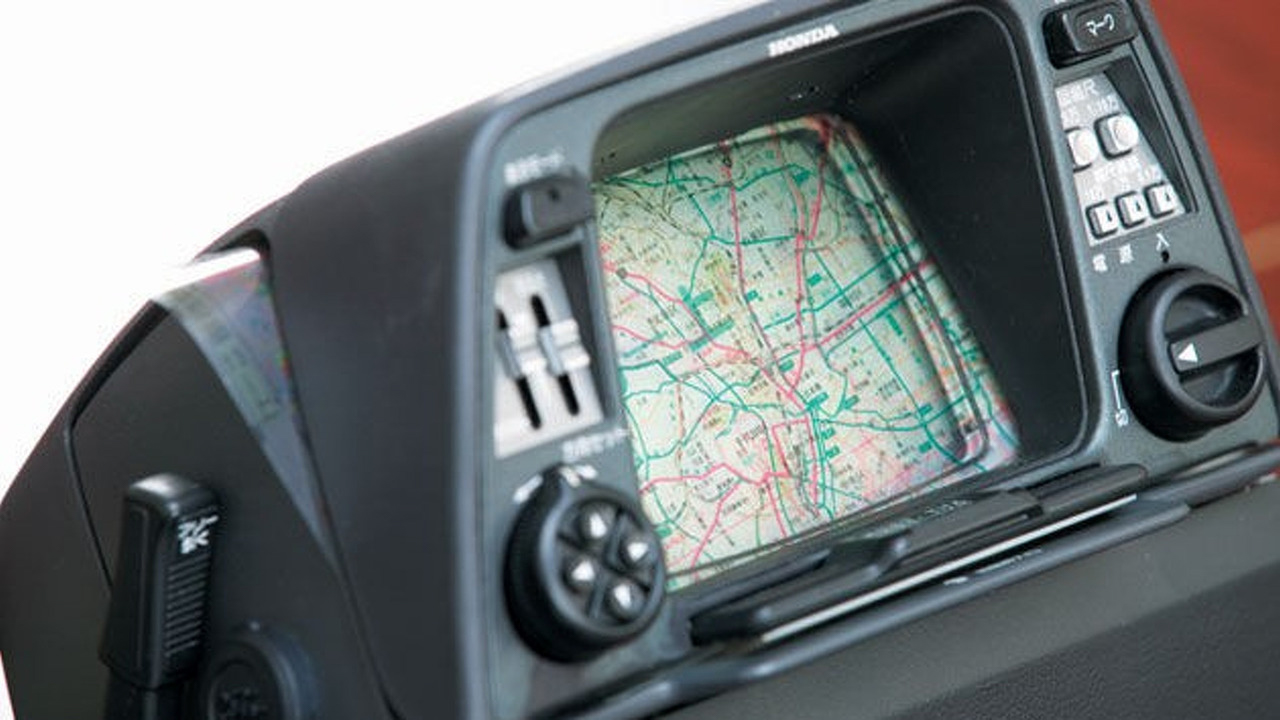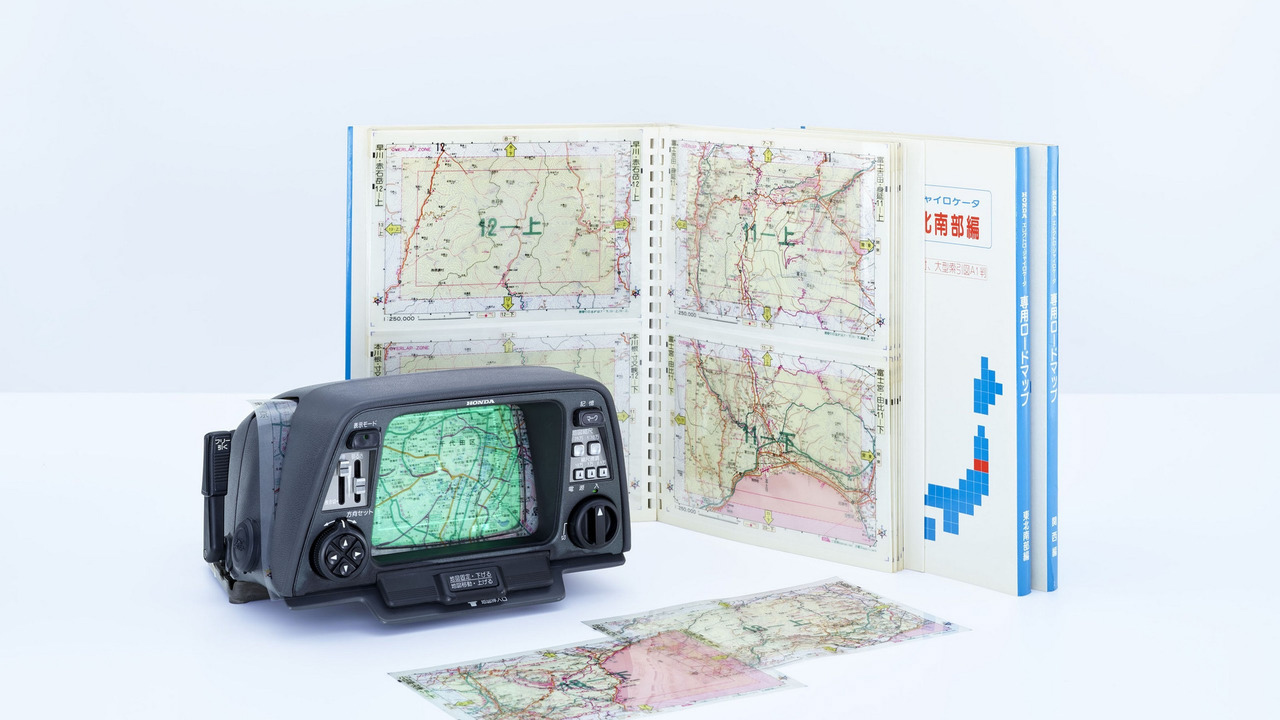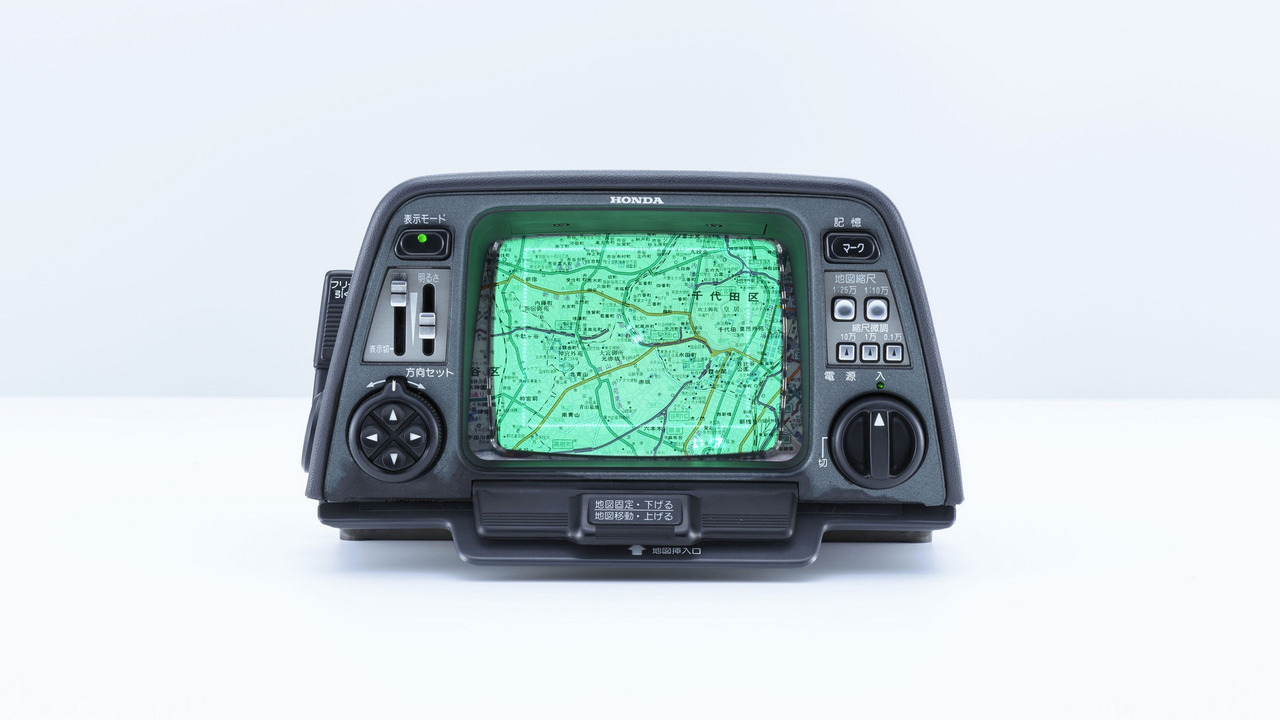
Living in the new age of technology, it’s pretty damn easy to forget where we have come from in terms of what we use today — it wasn’t always as good as we have it now!
Back in the day, 36 years ago to be specific, there weren’t iPhone maps to get you and the lads to the local Maccas while road tripping. You either had to possess a relevant physical map of the area, or, er, ask someone hanging around. That was, until the the world’s first map-based car navigation system appeared.
Premiered by none other than Honda, the Electro Gyrocator was launched in 1981, and, although developed alongside Alpine and Stanley Electric, it was not a GPS like we’re used to, as it didn’t rely on satellites to determine its position. No, instead it made use of an inertial navigation system that used a helium-gas gyroscope capable of detecting the direction the car was moving, while a bespoke servo gear attached to the transmission’s housing was in charge of figuring out the distance covered by the vehicle.

With the inputs obtained from the direction and driving distance sensors, the system was able to calculate the approximate position of the vehicle — how advanced for its time was that? It was a far cry from turn-by-turn directions that it would later develop into, but it was still a smart tool that put conventional maps to shame.
Perhaps a sign of the era, in order for it to work, transparent maps had to be tailor-made to the navigation system, and were inserted into a slot and then displayed onto a six-inch cathode ray tube (CRT) monochrome illuminated screen. If you aren’t sure what that means, it’s the equivalent of downloading an update onto your phone, just a lot more manual. The optional kit also came bundled with a marking pen to allow the users to make indicators of where they were traveling to and from.

Tipping the scales at a hearty 9kgs, the Electro Gyrocator was only offered on the second-generation Accord, and represented almost 25 per cent of the car’s value, which lead to its unsurprising discontinuation shortly after.
Even though it wasn’t a huge success at the time, and perhaps hurt the brand that financial year, it did represent the start of a hugely successful tool that is now used the world over, which is why the Institute of Electrical and Electronics Engineers has decided to award Honda with an IEEE Milestone title.

Anyone wanting to swap out their iPhone for one of these bad boys?




